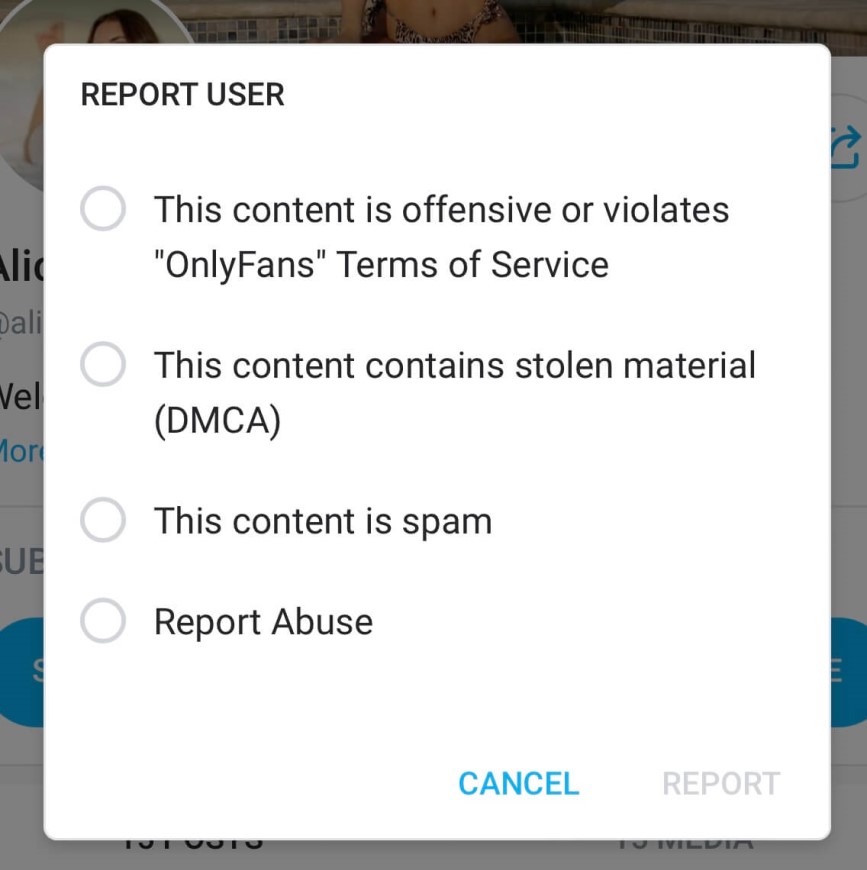Bethfiit Onlyfans The Truth About Safety Security You Wont Believe It Dark Side Tube
Most of the reactions proceeded in anti. Both hydrogen atoms come from h2o. In the borrowing hydrogen catalysis,.
"Bonnie Blue Controversy OnlyFans Project Blocked Over Safety Concerns"
Cooperative bimetallic radical catalysis that enables asymmetric hat without the formation of carbon radicals. By selecting an appropriate phosphine, a more reactive olefin can be selectively hydrogenated. Herein, we report a new conceptual approach:
Also Read:
 Allthefallen Booru 7 Things You Need To Know Before Its Too Late Love In Paradise! Had Join This Trend Now O Fyp
Allthefallen Booru 7 Things You Need To Know Before Its Too Late Love In Paradise! Had Join This Trend Now O Fyp
Realizing efficient hydrogenation of n 2 molecules in the electrocatalytic nitrogen reduction reaction (nrr) is crucial in achieving high activity at a low potential because it.
Radical hydrogenation via hydrogen atom transfer (hat) to alkenes is an increasingly important transformation for the formation of thermodynamic alkane isomers. Hydrogenation at β position is the rate determining. Hydrometalation of alkenes with transition─metal hydrides(m─h) represents an important step in transition─metal─ catalyzed transformations.


